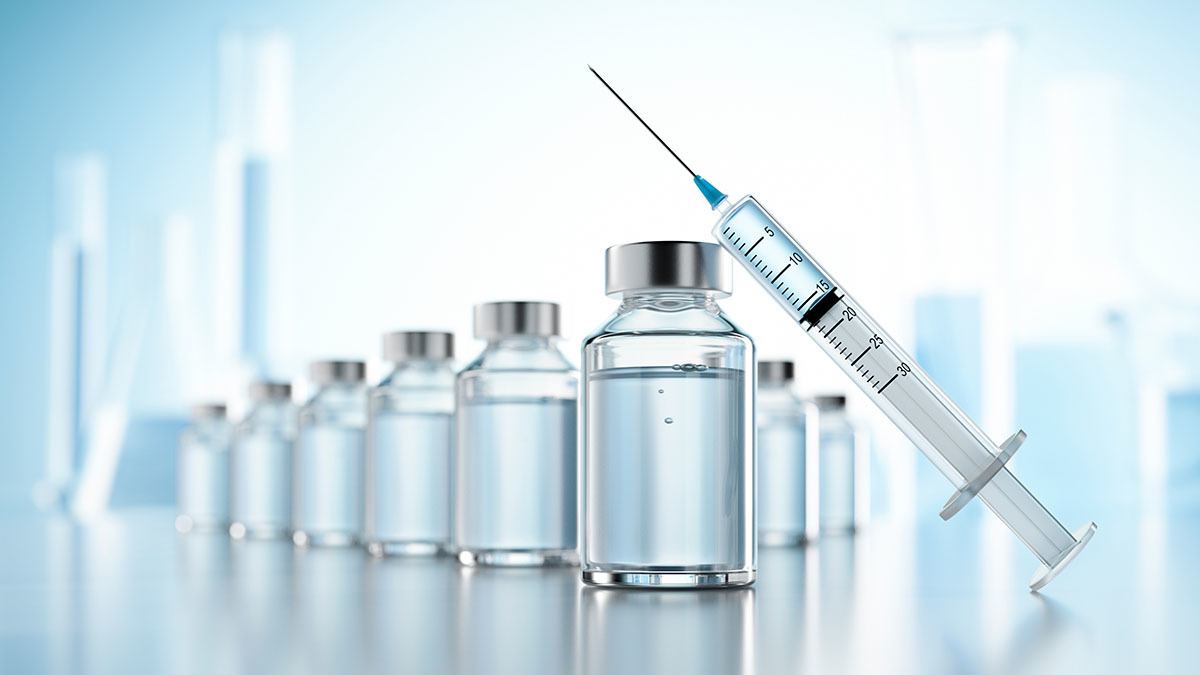USP Degradation Product Extractables Testing
The USP Degradation Product Extractables Testing is a critical component of ensuring pharmaceutical product quality and safety. This testing method aims to identify potential leachates from packaging materials, containers, and closures that could interact with the drug substance during storage or distribution.
In this procedure, various accelerated aging techniques are employed to simulate real-world conditions under which a drug may degrade over time. These techniques include temperature cycling, humidity control, light exposure, and more. Following degradation, the extractables testing process involves dissolving these potential leachates into solvents to analyze their composition and concentration.
The primary goal of this test is to assess whether any of these extracted compounds could pose a risk to patient health or compromise product stability. By identifying such risks early in the development stage, manufacturers can take corrective actions necessary for ensuring compliance with regulatory standards like USP, ICH Q14, and ISO 10993.
Extractables testing typically focuses on materials that come into direct contact with the drug product, such as stoppers, vials, syringes, closures, labels, printing inks, and plastic containers. The process involves selecting appropriate solvents based on the nature of the container material and the compatibility of the solvent with the drug substance.
Once the extracts are obtained through dissolution or other methods, they undergo comprehensive analysis using techniques such as HPLC (High Performance Liquid Chromatography), GC (Gas Chromatography), ICP-MS (Inductively Coupled Plasma Mass Spectrometry), and NMR spectroscopy. These analyses help determine the presence of any harmful substances that might leach into the medication.
It's important to note that while extractables testing provides valuable insights into potential risks associated with packaging materials, it does not evaluate whether these extracted compounds actually migrate into the drug product during actual use. For this purpose, separate migration studies are conducted after extractables testing has been completed successfully.
- Extractables testing helps manufacturers comply with stringent quality control measures required by regulatory bodies like FDA and EMA.
- This process ensures patient safety by preventing any harmful contaminants from entering the drug product.
- Compliance with USP standards enhances brand reputation and market confidence in pharmaceutical products worldwide.
Why It Matters
The importance of USP Degradation Product Extractables Testing cannot be overstated. In the pharmaceutical industry, even minor deviations from expected outcomes can lead to significant issues affecting both product efficacy and patient safety.
For instance, if certain chemicals used in packaging materials are found to leach into a drug formulation, they could alter its chemical structure or degrade it prematurely. This would not only affect the stability of the drug but also potentially increase its toxicity levels when administered to patients.
In addition to ensuring product integrity, this testing method plays a crucial role in maintaining consumer trust and regulatory compliance. Regulatory authorities worldwide rely heavily on such tests to verify that pharmaceutical products meet all necessary safety requirements before being approved for sale.
Moreover, failing to conduct thorough extractables testing can result in costly recalls and reputational damage for companies involved. Therefore, investing time and resources into this area is essential for any organization looking to maintain a strong market position while safeguarding public health.
International Acceptance and Recognition
The USP Degradation Product Extractables Testing has gained widespread acceptance and recognition across the globe due to its robustness and reliability. Regulatory bodies such as the FDA (United States), EMA (European Medicines Agency), TGA (Australian Therapeutic Goods Administration), and Health Canada all recommend or require this type of testing for ensuring product quality.
Adhering to USP standards demonstrates a commitment to excellence in manufacturing practices, which is highly valued by these organizations. Furthermore, passing these tests enhances the credibility of your products among consumers who seek assurance that they are receiving safe and effective medications.
By incorporating this testing into their quality control procedures, pharmaceutical companies can avoid costly mistakes down the line, thereby protecting both themselves and their customers from potential harm caused by substandard packaging materials.
Environmental and Sustainability Contributions
- By identifying harmful chemicals that could potentially leach into drug products during storage or distribution, this testing helps reduce the environmental impact of pharmaceutical waste. This is because it allows manufacturers to choose safer alternatives for packaging materials.
- The process also contributes to improved resource efficiency by enabling companies to optimize their use of raw materials and minimize waste generation throughout the supply chain.





